Team:BYU Provo/Notebook
From 2013.igem.org
(Difference between revisions)
| (13 intermediate revisions not shown) | |||
| Line 1: | Line 1: | ||
{{TeamBYUProvo}} | {{TeamBYUProvo}} | ||
| - | + | [[File:BYUNotebook.JPG|965px|center|link=]] | |
| - | + | ||
| - | + | ||
=='''Phage Team'''== | =='''Phage Team'''== | ||
| Line 12: | Line 10: | ||
| style="width: 22%; background-color: transparent;"| | | style="width: 22%; background-color: transparent;"| | ||
| - | [[File:BYULPProjectPic.JPG|220px|center]] | + | [[File:BYULPProjectPic.JPG|220px|center|link=]] |
| style="width: 58%; background-color: transparent;"| | | style="width: 58%; background-color: transparent;"| | ||
| Line 24: | Line 22: | ||
: '''Bryan Merrill and Keltzie Westra''' | : '''Bryan Merrill and Keltzie Westra''' | ||
| - | : The focus of the Large Phage | + | : The focus of the Large Phage Team is to make a cross section of phage sizes through the mutagenesis of T4 bacteriophage. Our main area of research is in making T4's already large capsid even larger, while maintaining phenotypic stability. This was done by taking the isolated large phage and observing there later generations to ensure that their phenotype is inherited. |
</font> | </font> | ||
| Line 50: | Line 48: | ||
|- | |- | ||
| - | | style="width: 22%; background-color: | + | | style="width: 22%; background-color: transparent;"| |
| - | + | [[File:S4.JPG|220px|center|link=]] | |
| style="width: 53%; background-color: transparent;"| | | style="width: 53%; background-color: transparent;"| | ||
| Line 91: | Line 89: | ||
| style="width: 22%; background-color: transparent;"| | | style="width: 22%; background-color: transparent;"| | ||
| - | [[File:Cesiumchloridegradient.jpg|220px|center]] | + | [[File:Cesiumchloridegradient.jpg|220px|center|link=]] |
| style="width: 53%; background-color: transparent;"| | | style="width: 53%; background-color: transparent;"| | ||
| Line 103: | Line 101: | ||
: '''Amber Brown, Arick Christopher, and Darren Lasko''' | : '''Amber Brown, Arick Christopher, and Darren Lasko''' | ||
| - | : As members of the | + | : As members of the Phage Purification Team, we focus on the purification of bacteriophages and the preparation of ghost capsids. We have worked with several different methods of preparation and can manipulate the procedures to accommodate the type of phage and the capsid size of the mutants. |
</font> | </font> | ||
| Line 136: | Line 134: | ||
|- valign="center" | |- valign="center" | ||
| - | | style="width: 22%; background-color: | + | | style="width: 22%; background-color: transparent;"| |
| - | + | [[File:BYUCCCC.jpg|220px|center|link=]] | |
| style="width: 58%; background-color: transparent;"| | | style="width: 58%; background-color: transparent;"| | ||
| Line 150: | Line 148: | ||
: '''Clarice Harrison, Kendall Kiser, and Kelton Peck''' | : '''Clarice Harrison, Kendall Kiser, and Kelton Peck''' | ||
| - | : | + | : Our focus is two-fold: 1) develop a system in ''E.coli'' to detect the presence ''V. cholerae'', and 2) integrate ''E.coli'' bacteriophage lambda into a biofilm-degrading machine that is moderated by our detection system. Upon discovering experimentally that bacteriophage lambda can naturally sense cholera, our research efforts have centered on synthetically improving this pathway. |
| - | Our focus is two-fold: 1) develop a system in ''E.coli'' to detect the presence ''V. cholerae'', and 2) integrate ''E.coli'' bacteriophage lambda into a biofilm-degrading machine that is moderated by our detection system. | + | |
</font> | </font> | ||
| Line 179: | Line 176: | ||
| style="width: 22%; background-color: transparent;"| | | style="width: 22%; background-color: transparent;"| | ||
| - | [[File:BYU2013-CholeraGroup1.jpg|220px|center]] | + | [[File:BYU2013-CholeraGroup1.jpg|220px|center|link=]] |
| style="width: 53%; background-color: transparent;"| | | style="width: 53%; background-color: transparent;"| | ||
| Line 191: | Line 188: | ||
: '''Nathan Sabin and Michael Schellhous''' | : '''Nathan Sabin and Michael Schellhous''' | ||
| - | : On the Cholera-Enzyme team our focus is researching enzymes that will degrade the ''V. cholerae'' biofilm. Our goal is to find enzymes that have potential to degrade the biofilm, isolate them, clone them into E. coli, and design an assay to test their biofilm-degrading ability. | + | : On the Cholera-Enzyme team our focus is researching enzymes that will degrade the ''V. cholerae'' biofilm. Our goal is to find enzymes that have potential to degrade the biofilm, isolate them, clone them into ''E. coli'', and design an assay to test their biofilm-degrading ability. |
</font> | </font> | ||
| Line 209: | Line 206: | ||
: [[Team:BYU Provo/Notebook/Cholera - Enzymes/July-August|July-August]] | : [[Team:BYU Provo/Notebook/Cholera - Enzymes/July-August|July-August]] | ||
| - | : [[Team:BYU Provo/Notebook/Cholera - Enzymes/September-October|September]] | + | : [[Team:BYU Provo/Notebook/Cholera - Enzymes/September-October|September-October]] |
Latest revision as of 03:49, 28 September 2013
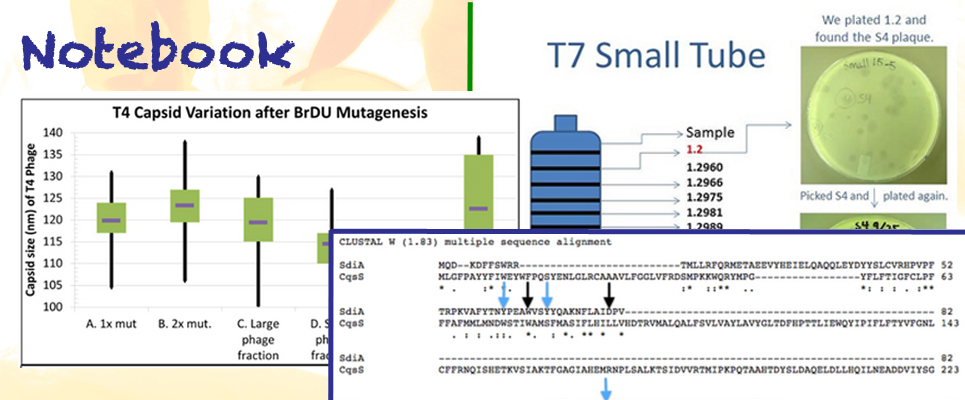
Phage Team
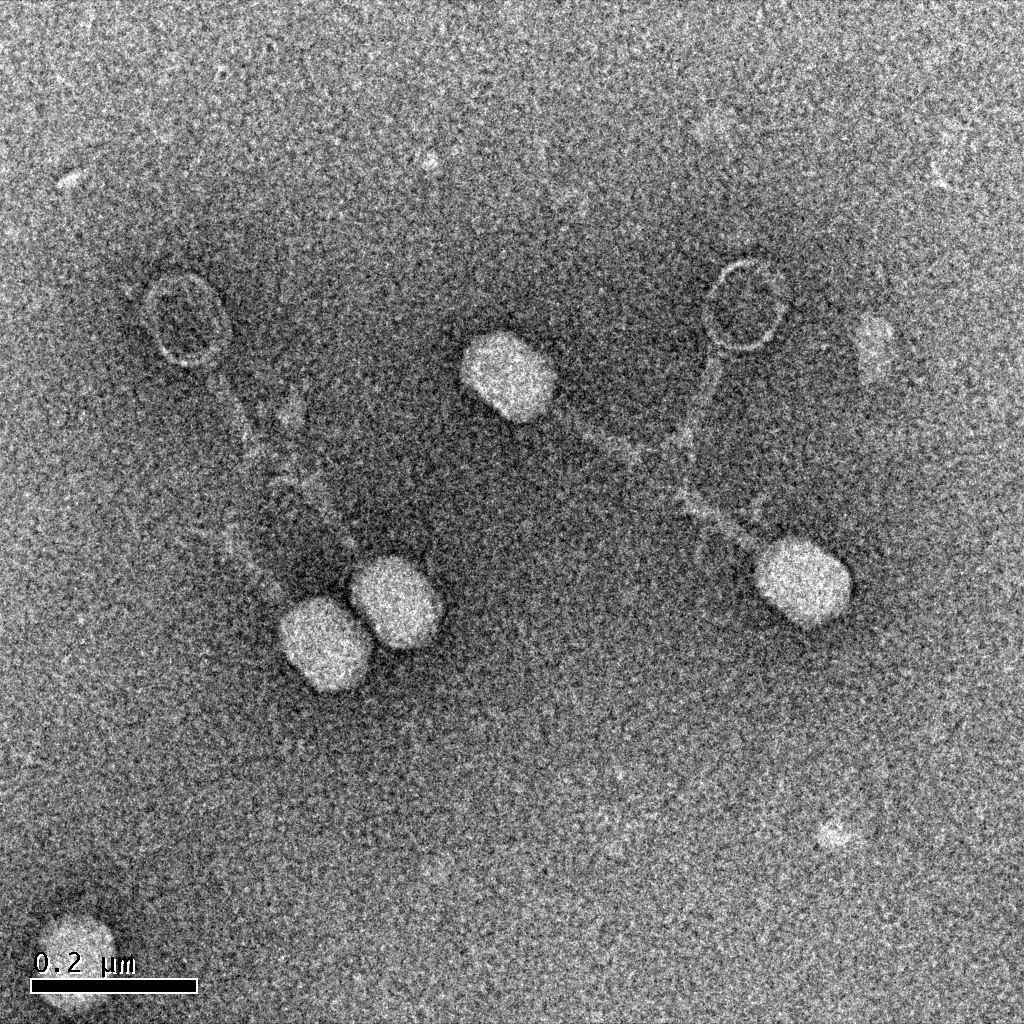 |
|
|
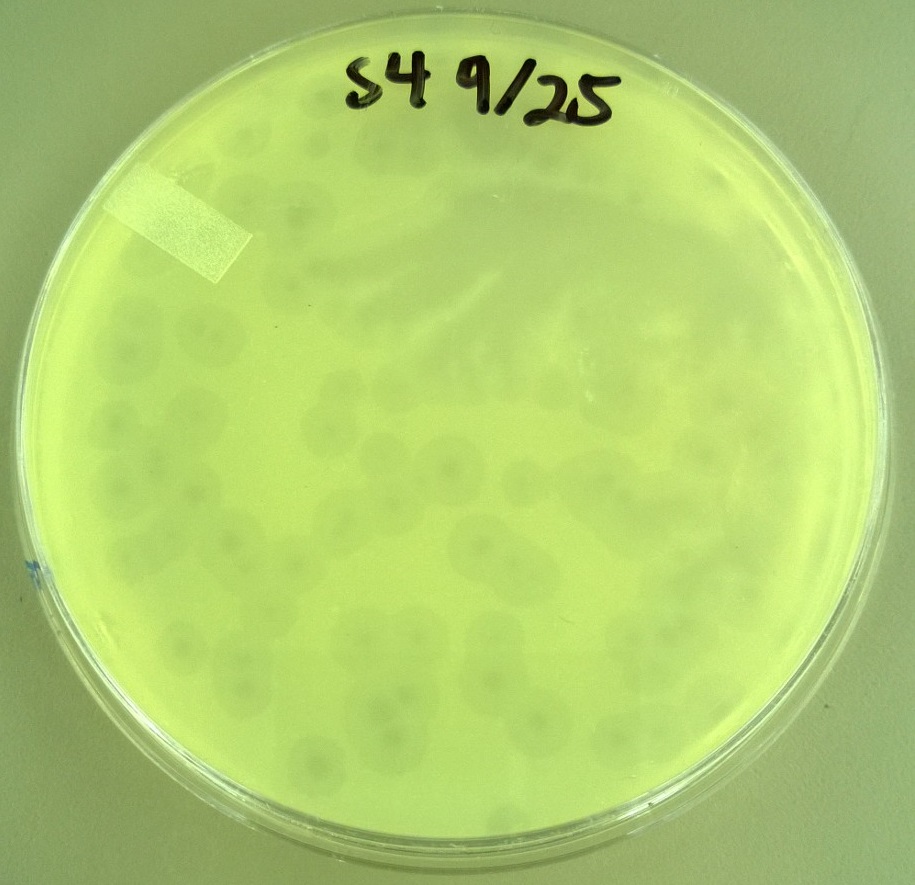 |
|
|
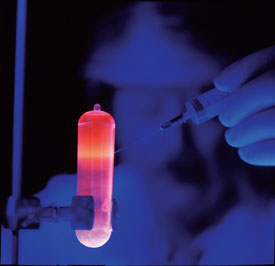 |
|
|
Cholera Team
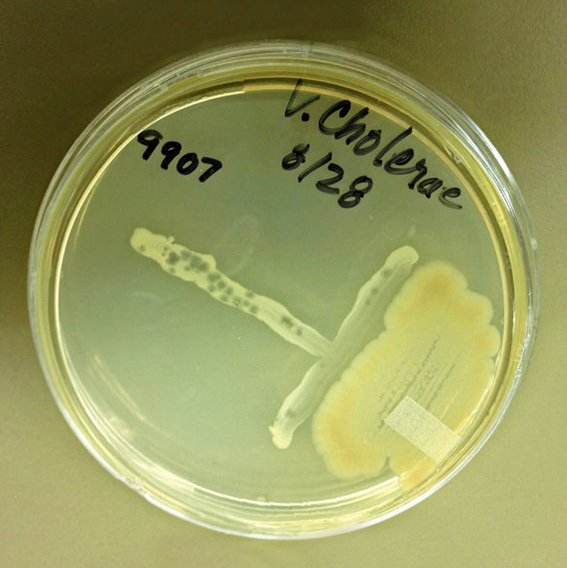 |
|
|
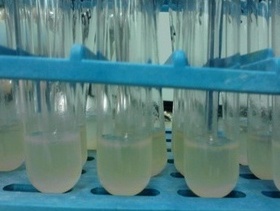 |
|
|
 "
"